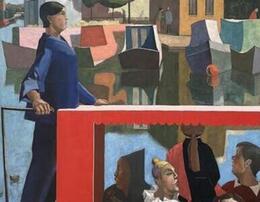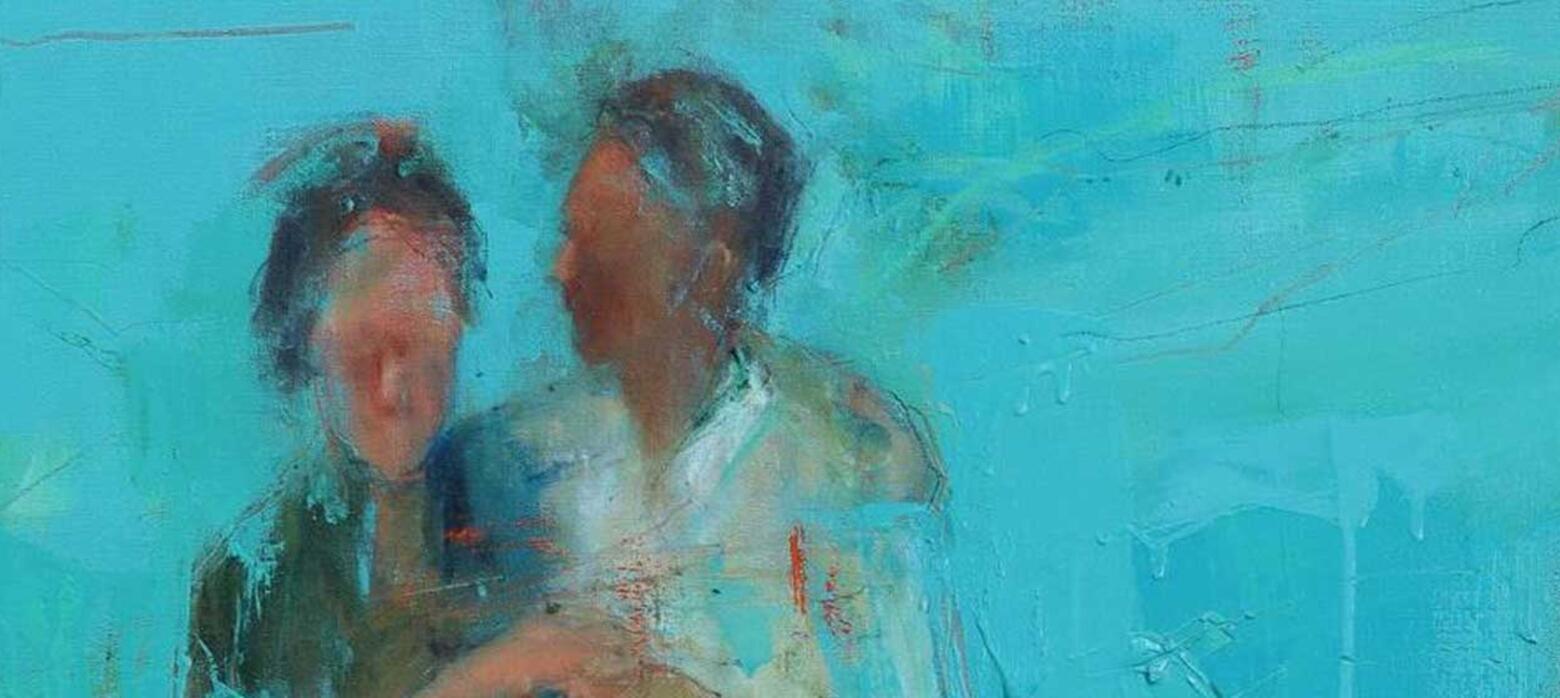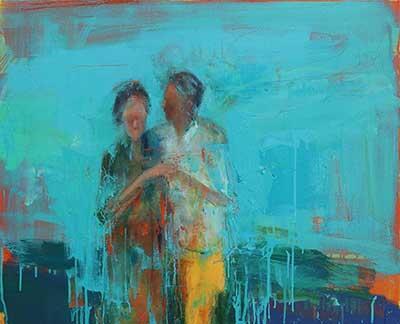What is Figurative Art?
The definition of figurative art is generally: art depicting the shape of things, objects, places and perceptions; creating a likeness.
What is Figurative Art?
It is sometimes confused with ‘figure painting’ or ‘figural art’, which exclusively depicts human or animal subjects.
The Federation of British Artists (FBA) has two art societies specialising in figural art and figure painting or drawing: the Royal Society of Portrait Painters and the Hesketh Hubbard Art Society. The Society of Wildlife Artists depicts animals and birds, which makes it another figural based art society.
Representation and Abstraction
The word figurative gives rise to interesting questions. Sometimes there is an assumption that figuration and abstraction are mutually exclusive.
We should not necessarily think about the boundaries between figuration and abstraction but focus on their connections.
No longer considered opposites, the Figurative vs Abstract debate is not the same as in the early 20th century.
A considerable amount of work from FBA artists is somewhere between what some might consider the dividing line of abstraction and figuration.
Pattern and abstract elements can synthesise representational paintings, giving an impression of something more recognisably real.
Is there a difference between that and what we might call non-objective abstraction when the work does not represent or depict a person, place or thing?
How can we tell which is which? By contextualising the work through its title, concept, familiarity with the artist’s work. Metaphorical and allegorical aspects might come into play. Work might not be depicting a person, place or thing, but instead an emotional state or a feeling. Are these not also part of reality?
Observation and Draughtsmanship
At the FBA, we emphasise the art-making process, skill, and craft, but that does not mean that concept and context are neglected or considered inferior.
Observation and draughtsmanship are vital concerns, even for those societies whose focus is on the media used rather than the subjects depicted, such as the Pastel Society, Royal Institute of Painters in Water Colours and Royal Institute of Oil Painters.
For these societies, the technical skills and use of their chosen medium are no less important than the work's subject.
They are finding new and innovative ways to apply these media, broadening the idea of what can be achieved with these media and what can be included in that media definition.
Contemporary figurative art encompasses both elements of abstraction and representation.
Many of our figurative artists share a need to reflect the world around them, going beyond just representing physicality by interpreting social realities and personal experiences.
A lot of what surrounds us and our perception of it is fragmented and abstract in a non-literal, visual sense, so it is exciting to see where today’s artists seeking to represent reality fall within the figurative art tradition.


